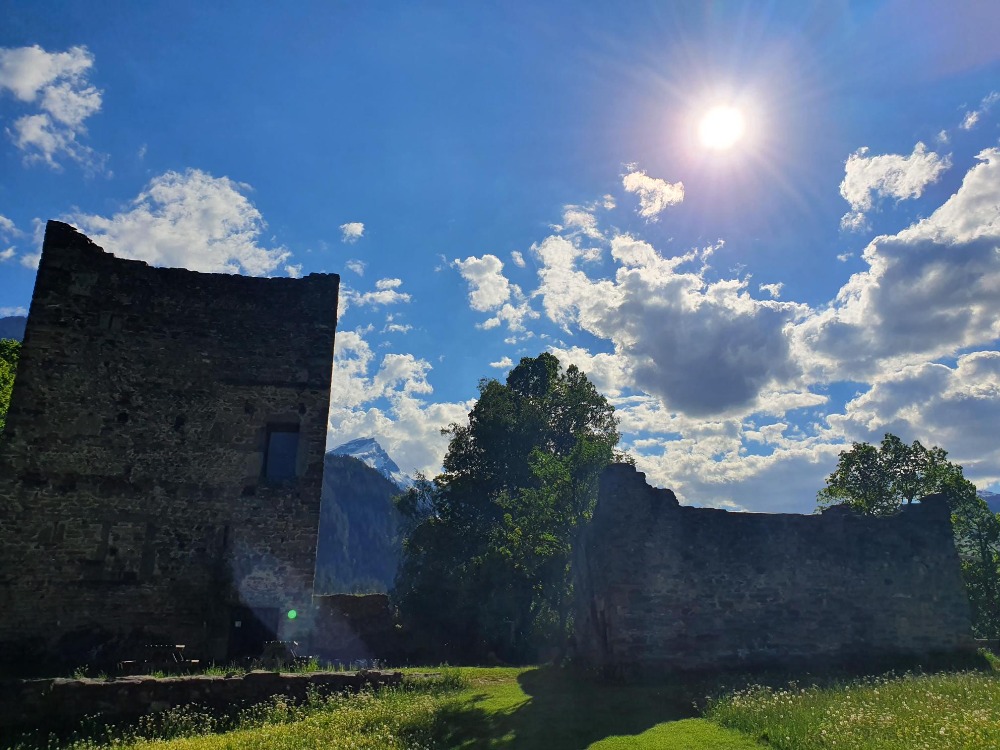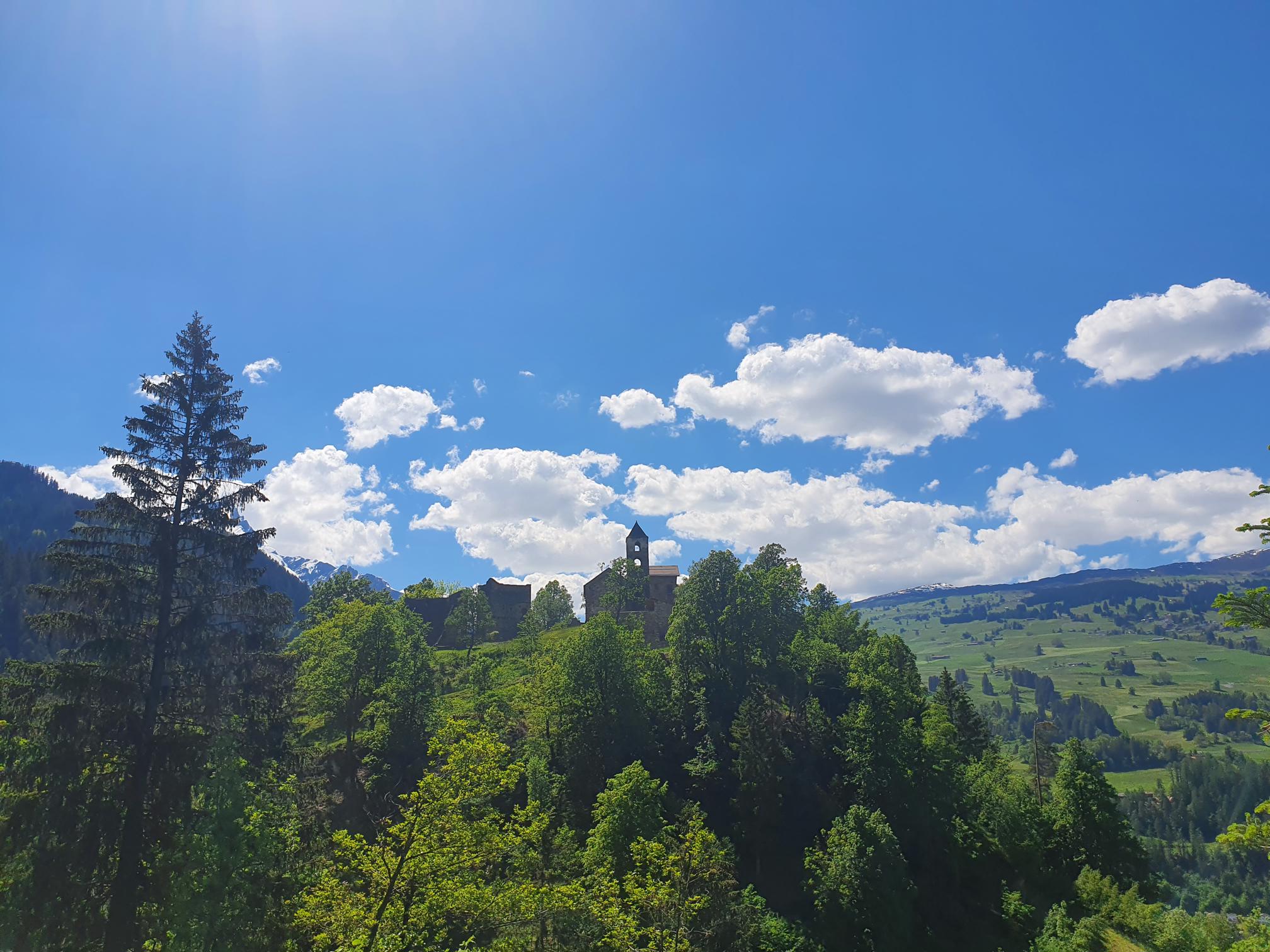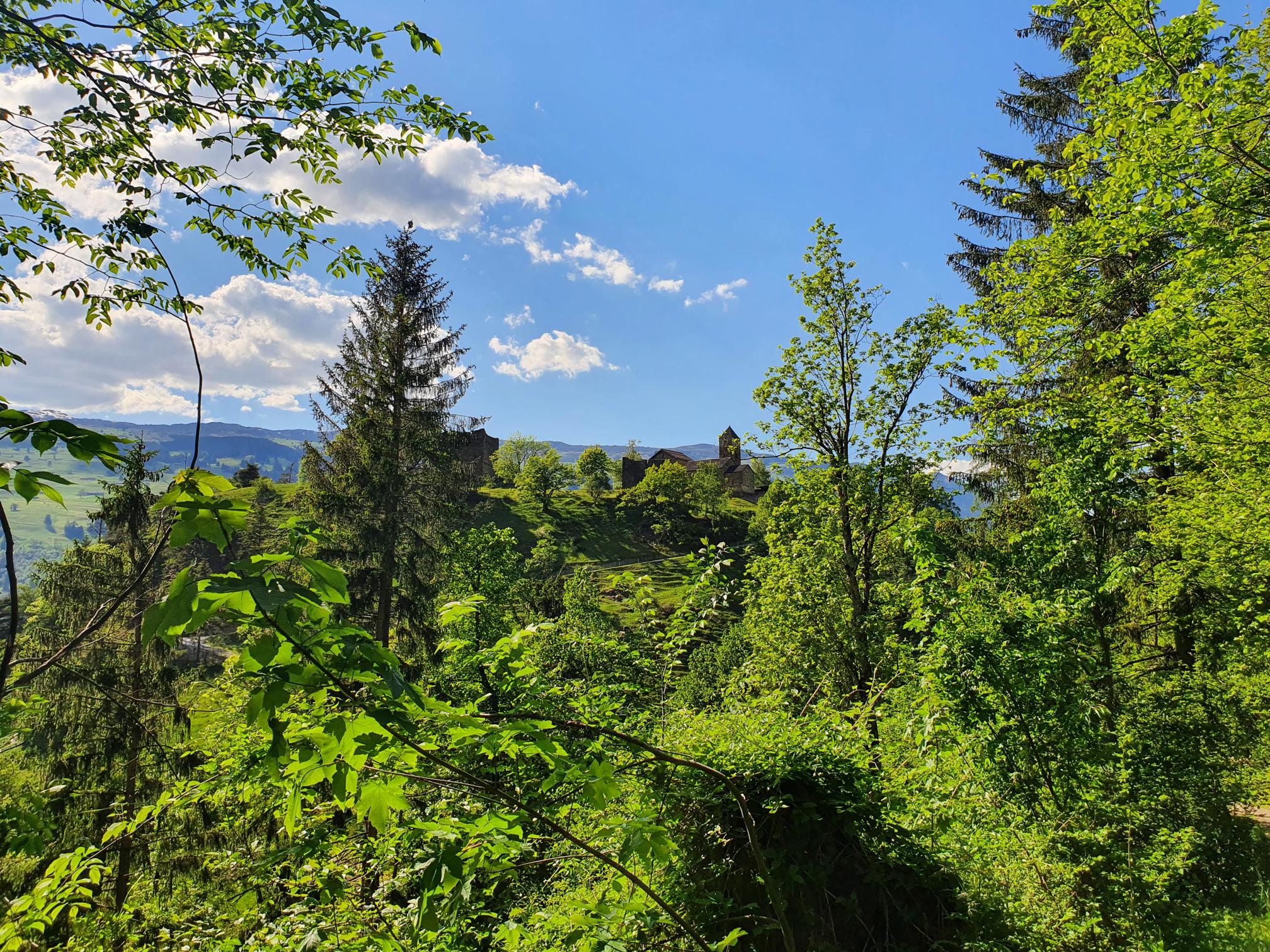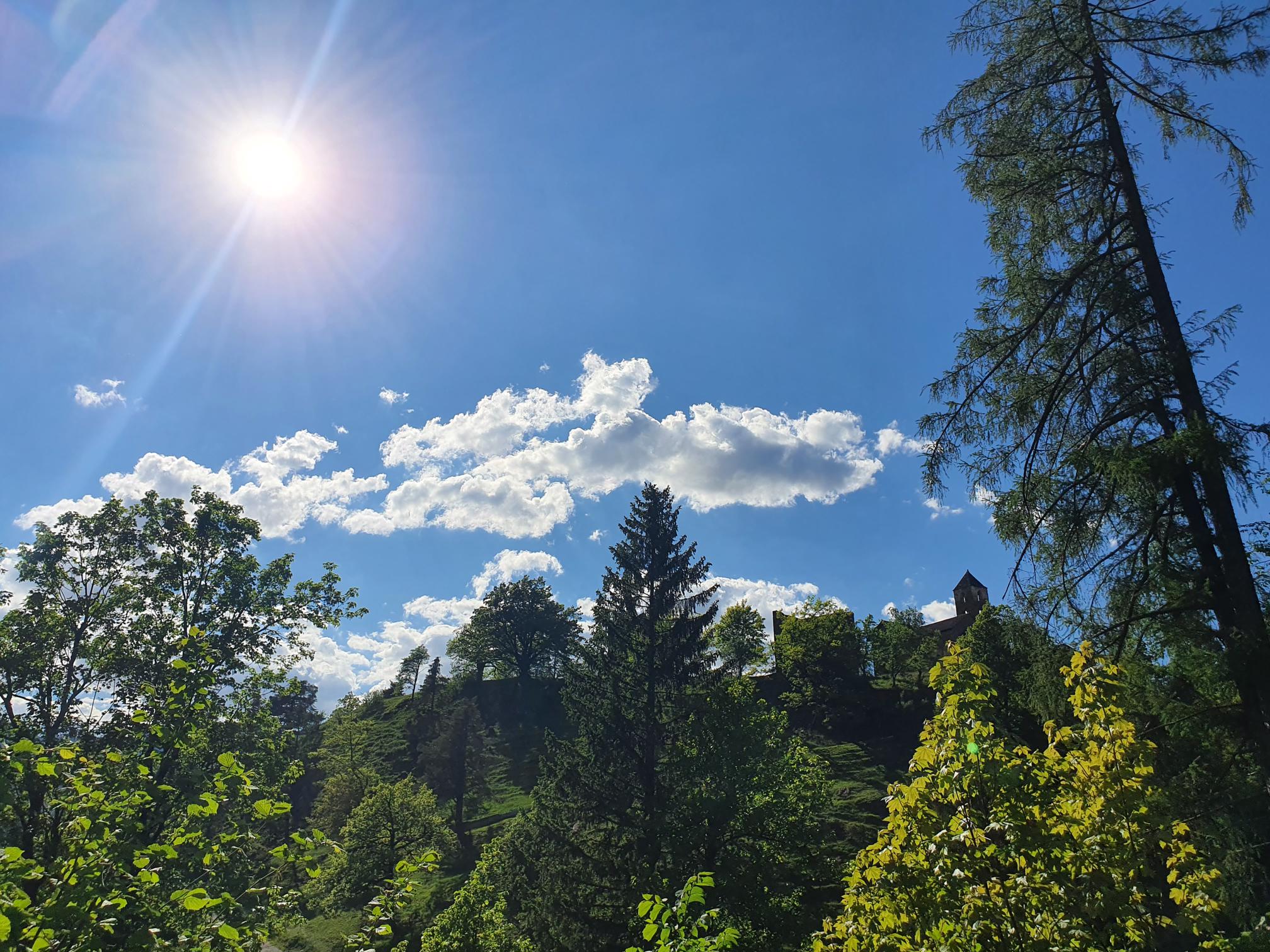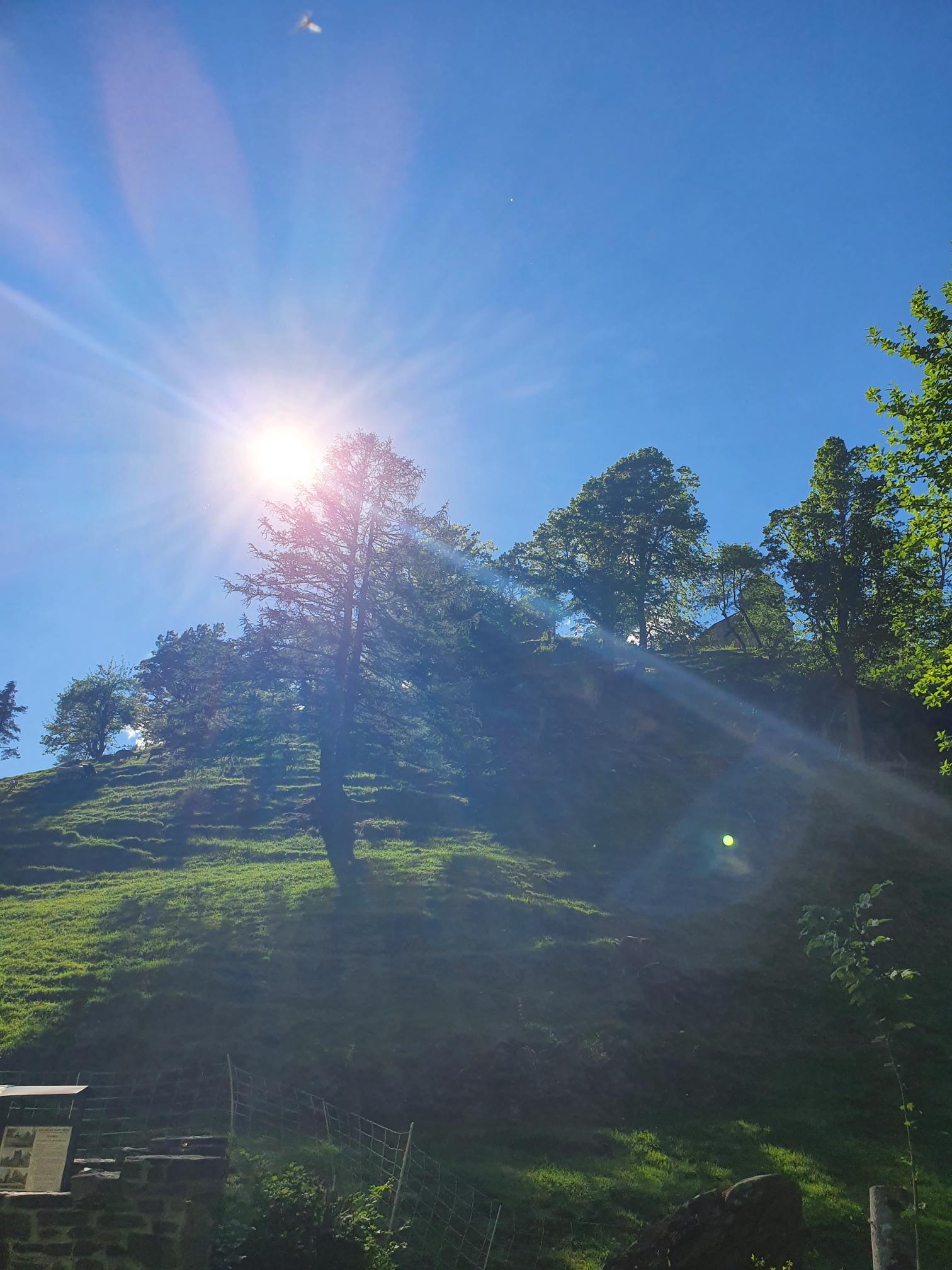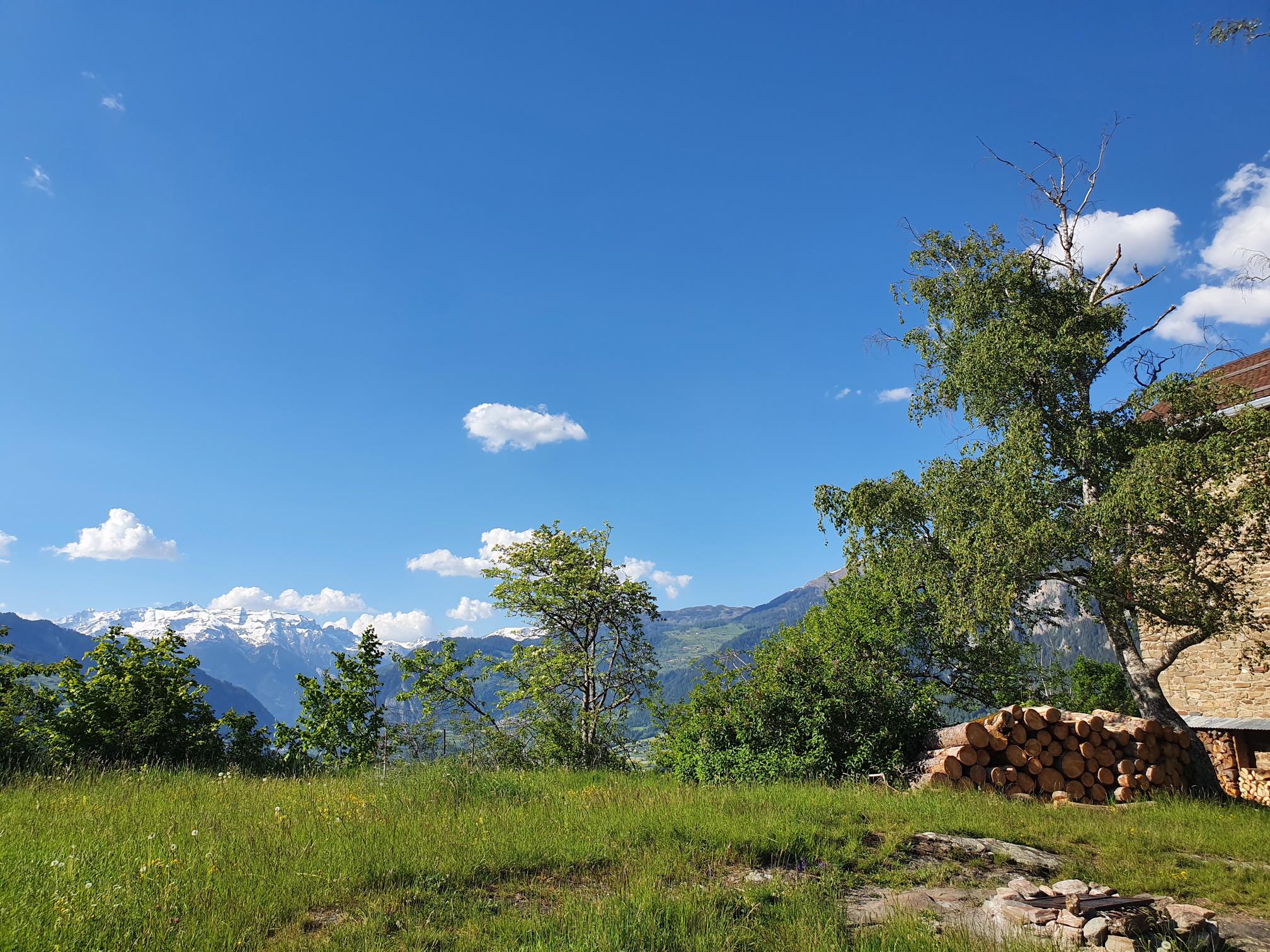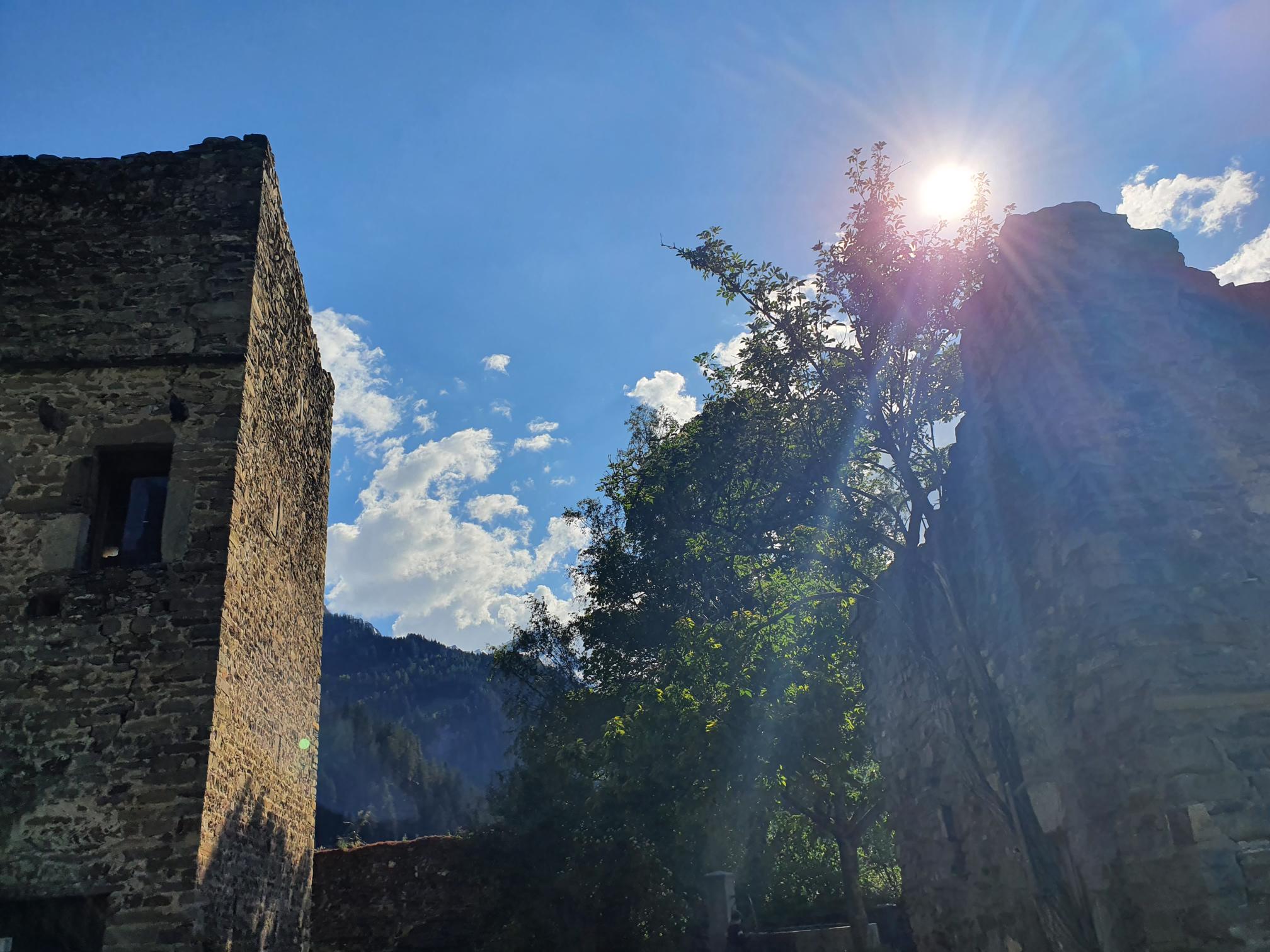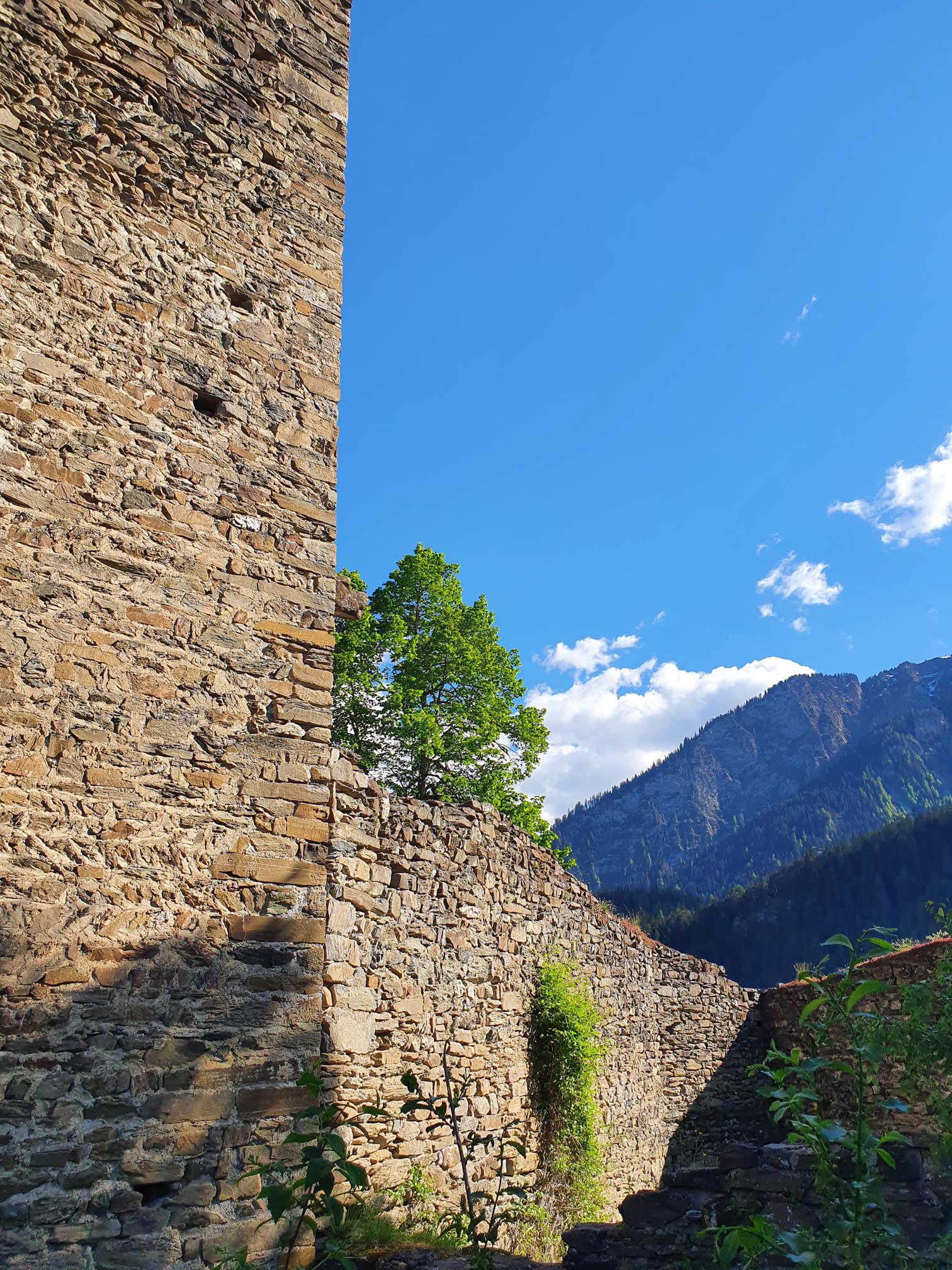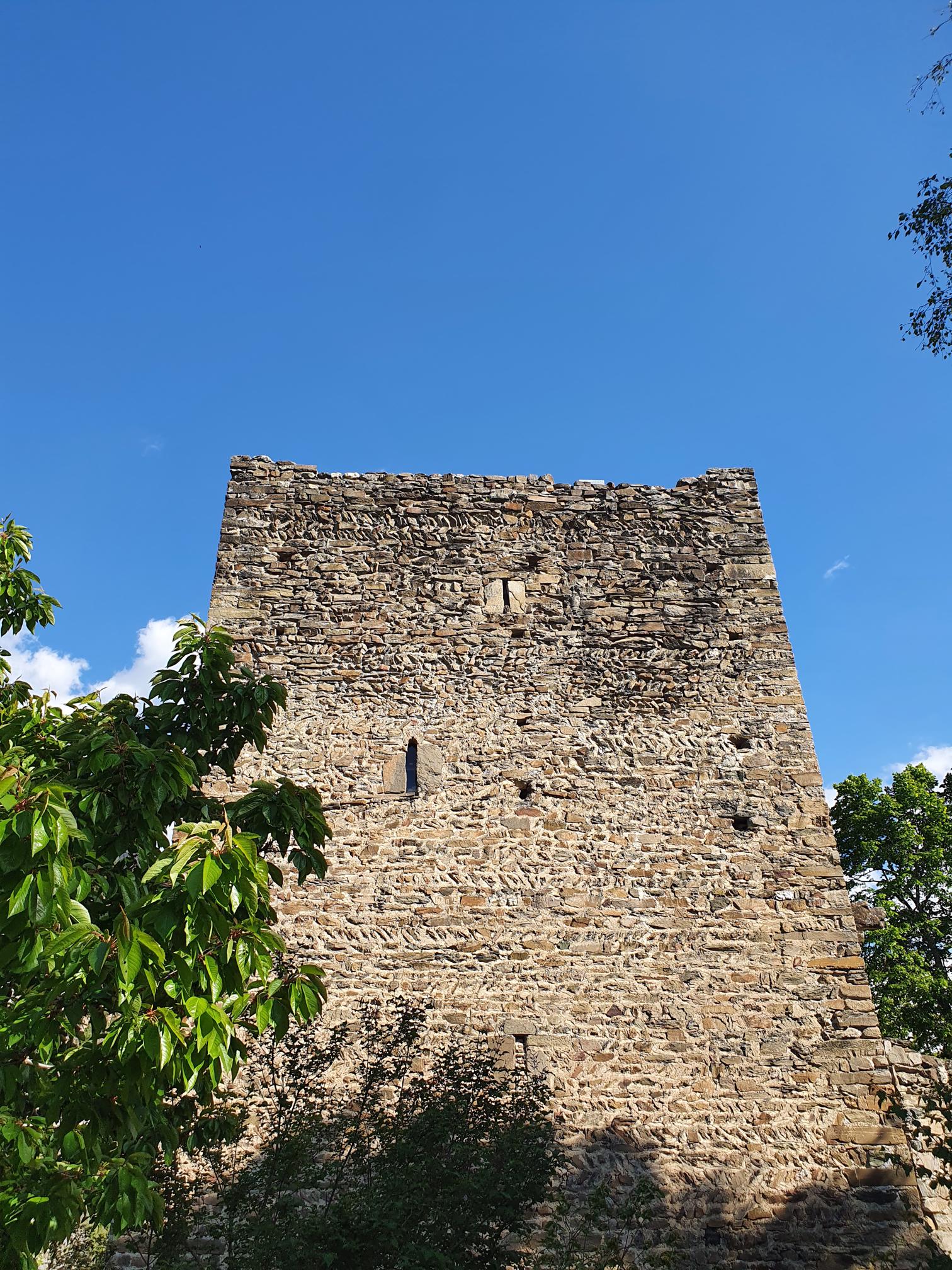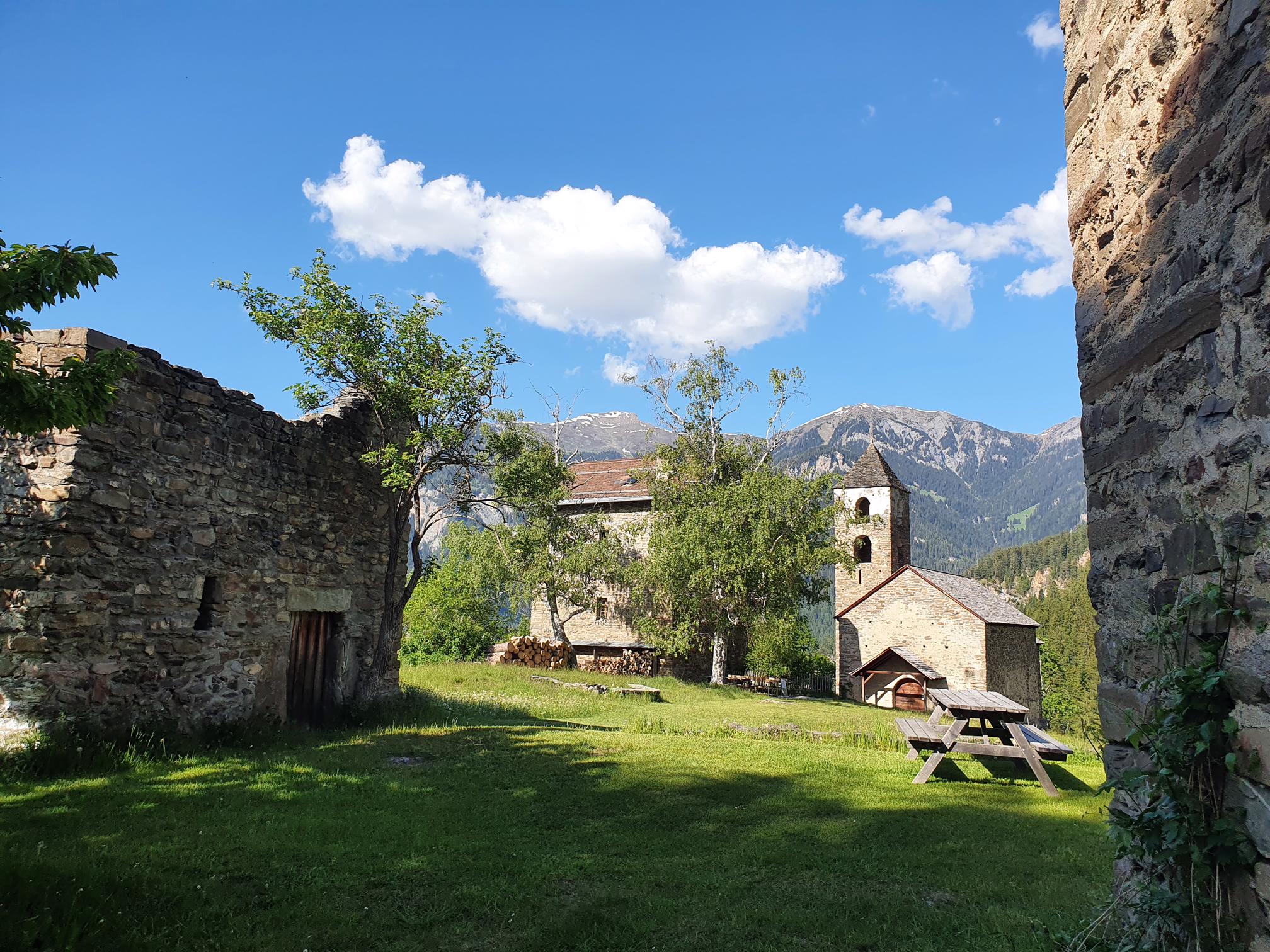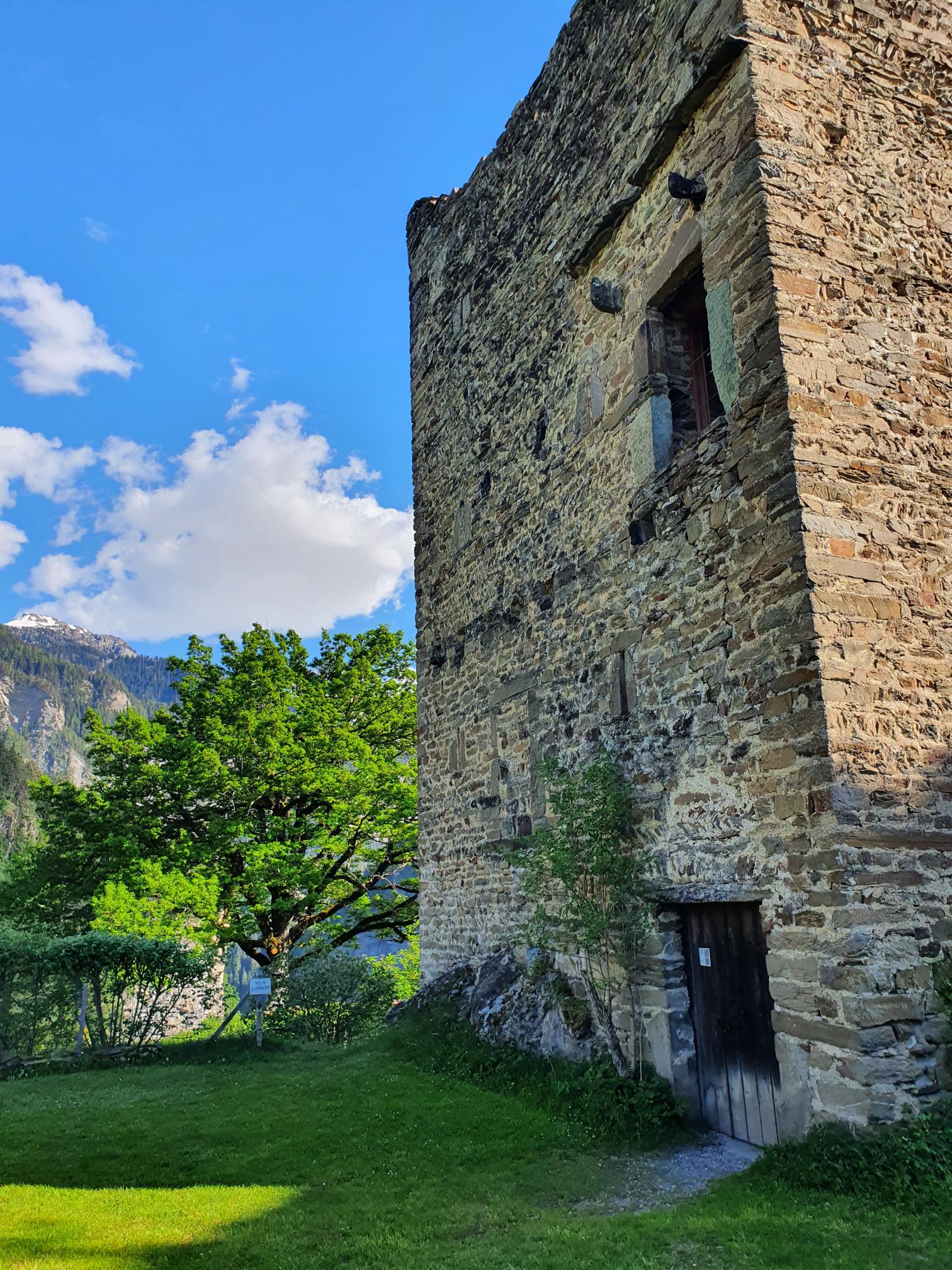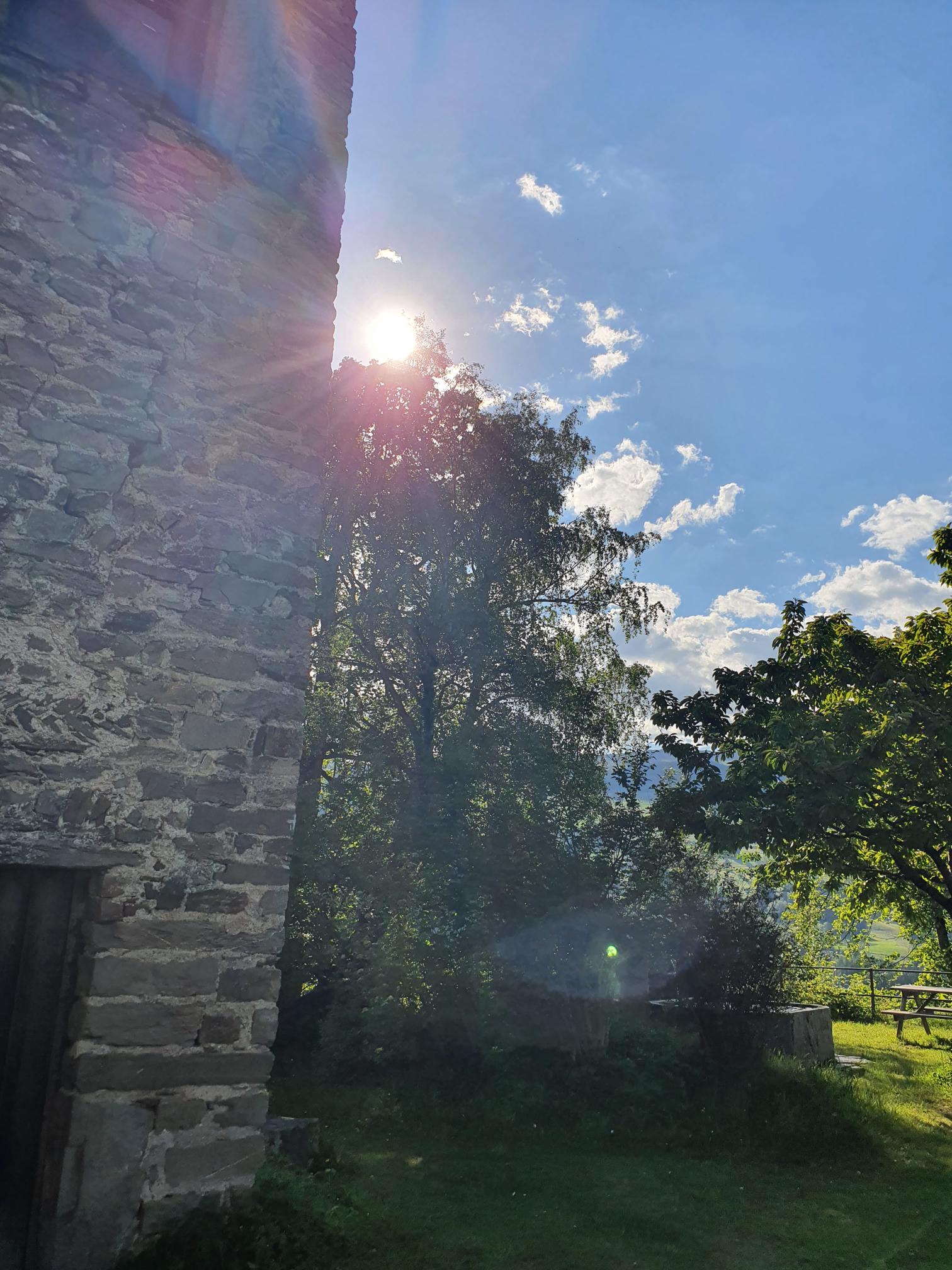The high plateau where today's High Rhaetia stands was already in use in ancient times. At that time it was a kind of outpost of civilization on the route of crossing the Alps at the Splügen Pass. As early as the 5th century AD, an early Christian baptistery was built, which still exists today.
In the High Middle Ages, the church of St. Johann & Viktor became a pilgrimage station. An early xenodochium, a heated room, infirmary and pilgrim hostel are said to have been built. Many buildings had to be abandoned after the earthquake of 1295. The old trade route through the Viamala was probably so badly damaged that Hohen Rätien lost its importance as a stopover. Later, the people of Thusis, Masein and Cazis were able to move the main traffic flows back to their side of the valley with a clever move. Hohen Rätien and the young town of Fürstenau thus lost importance.
Knight Cuno
The last lord of the castle of High Rhaetia is said to have been Cuno, the crusader. He was feared as a tyrant. He once kidnapped a village maiden and brought her to the castle in front of her parents, thus fuelling the people's anger even more. The peasants stormed the castle and managed to free the beautiful lady. Knight Cuno spurred his horse and jumped over the rocky slab. Horse and rider have since disappeared into the abyss.
Access
From the old Sils train station, it is about a 40-minute walk to Hohe Rätien. If you want to go further, you can hike further to Craschenna to admire the prehistoric rock paintings.


